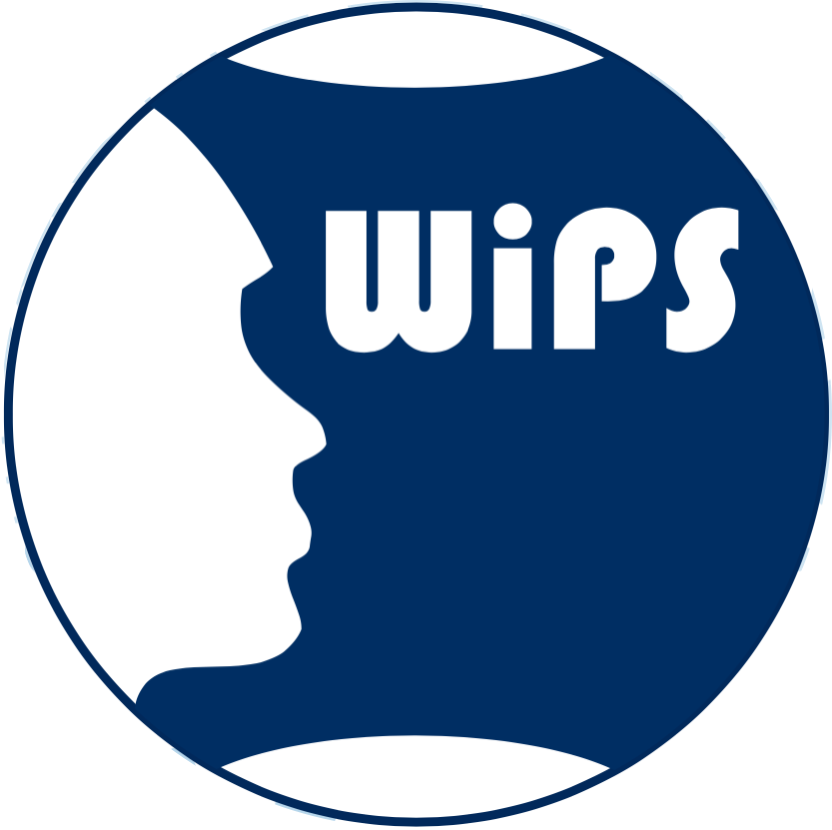Michelle Landry, BSc
University of Ottawa (Canada)

Michelle stands on a mountain in Tombstone Territorial Park, Yukon, Canada, after a big day of fieldwork.
What’s the work that you do?
For my honours thesis, I collected and analyzed permafrost soil cores from Tombstone Territorial Park, Yukon, Canada. My work concerns determining the source and age of greenhouse gas emissions, specifically CO2, coming from thawing permafrost in the sub-arctic and northern climates. Working collaboratively with other researchers, I hope to share my findings with the park community to help in addressing safety concerns such as the release of ancient diseases and infrastructure/highway development and maintenance.
What keeps you going?
Working as a national outreach instructor with Actua Canada gave me the opportunity to facilitate workshops which blend Traditional Ecological Knowledge with Western science, in over 15 rural Indigenous communities in Canada. Now, I have been fortunate enough to pursue a career in permafrost science, which blends all my favourite disciplines: geology, chemistry, atmospheric sciences as well as fieldwork, travelling and meeting people from all walks of life.
What’s your message to the world?
As scientists, we can track the changes in our environments by collecting data faithfully year after year, blending a wide variety of knowledge and specialties. Attending a conference by Sheila Watt-Cloutier on her book “The Right to be Cold” inspired me to do what I can to contribute to bringing scientific findings back to the north. I’ve noticed there is a gap between Indigenous knowledge keepers and Western scientists and I believe there is a dire need to close it, should we desire to respect the future of our planet.
Organisation: University of Ottawa (Canada)
Nationality:
Canada
Disciplines:
